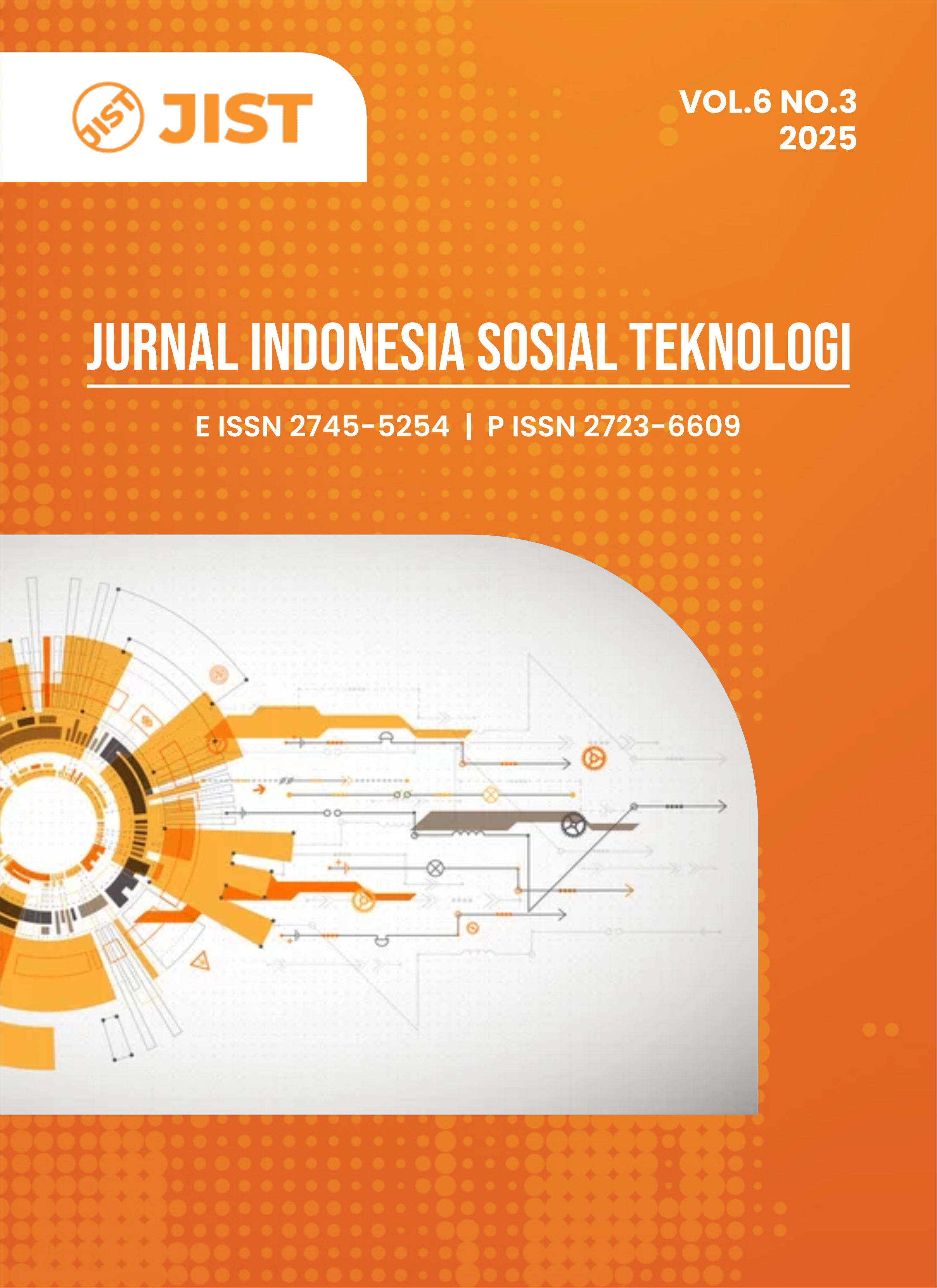Analysis of Quicklime and Organic Chemical Coagulant Doses in Acid Mine Water Management at PT Lematang Coal Lestari (LCL), Gunung Raja, Muara Enim, South Sumatra
DOI:
https://doi.org/10.59141/jist.v6i3.8922Keywords:
mine acid water, tohor lime, chemical organic coagulant literature: 18 (1982-2022)Abstract
Mine acid water (AAT) is one of the liquid wastes produced by coal mining activities. The existence of this liquid waste can hurt the environment, so it needs to be managed. This management aims to minimize the negative impact that will be caused. This study aims to determine the stages of AAT management and analyze the need for lime and chemical organic coagulants for coal mining at PT Lematang Coal Lestari (LCL). The method used in this study is by field observation, interview methods, and documentation as supporting data. The result of this study is that the stages of AAT management carried out by PT LCL are known, starting from AAT pumping, mixing chemical organic coagulant, measuring the pH of the inlet channel, liming the inlet channel, checking the color and pH of the outlet line water, mixing the chemical organic coagulant and liming the outlet channel if necessary, as well as settling. The lime dosage required by PT LCL is 0.32 gr/l, and the chemical organic coagulant requirement is 0.11 ml/l in one AAT water management.
Downloads
Published
How to Cite
Issue
Section
License
Copyright (c) 2025 Suhardiman Gumanti, Rodiyah Nursani

This work is licensed under a Creative Commons Attribution-ShareAlike 4.0 International License.
Authors who publish with this journal agree to the following terms:
- Authors retain copyright and grant the journal right of first publication with the work simultaneously licensed under a Creative Commons Attribution-ShareAlike 4.0 International. that allows others to share the work with an acknowledgement of the work's authorship and initial publication in this journal.
- Authors are able to enter into separate, additional contractual arrangements for the non-exclusive distribution of the journal's published version of the work (e.g., post it to an institutional repository or publish it in a book), with an acknowledgement of its initial publication in this journal.
- Authors are permitted and encouraged to post their work online (e.g., in institutional repositories or on their website) prior to and during the submission process, as it can lead to productive exchanges, as well as earlier and greater citation of published work.










